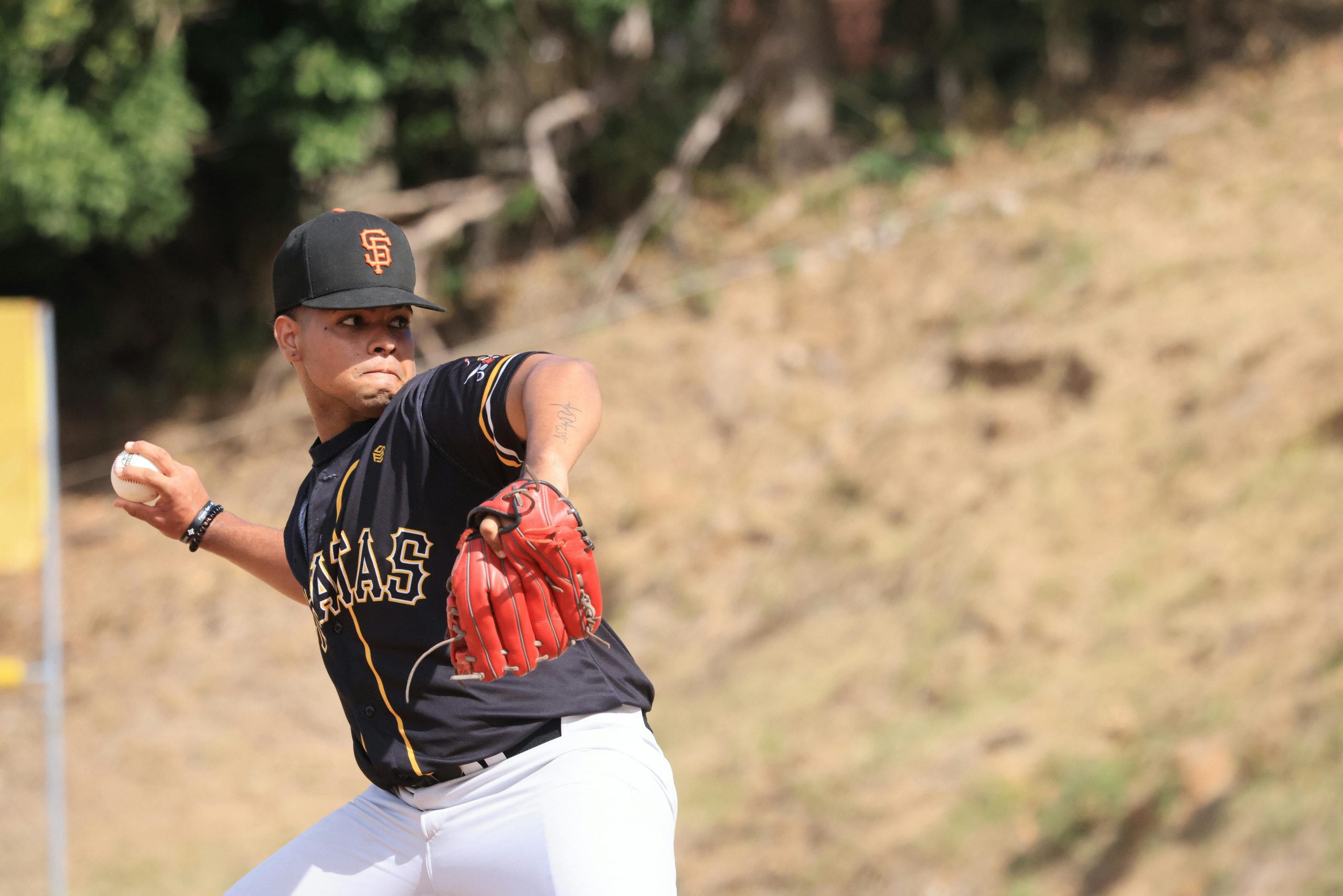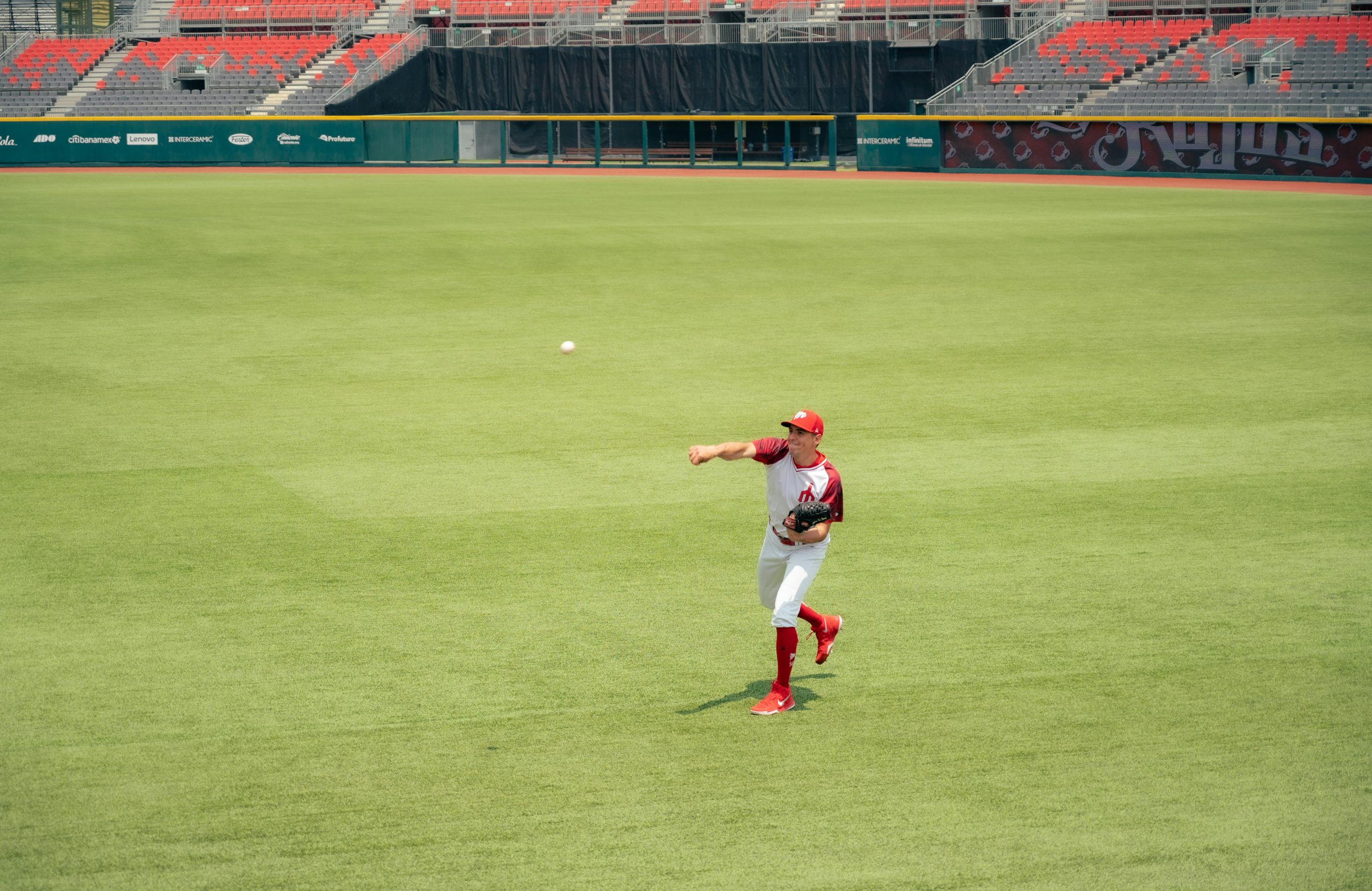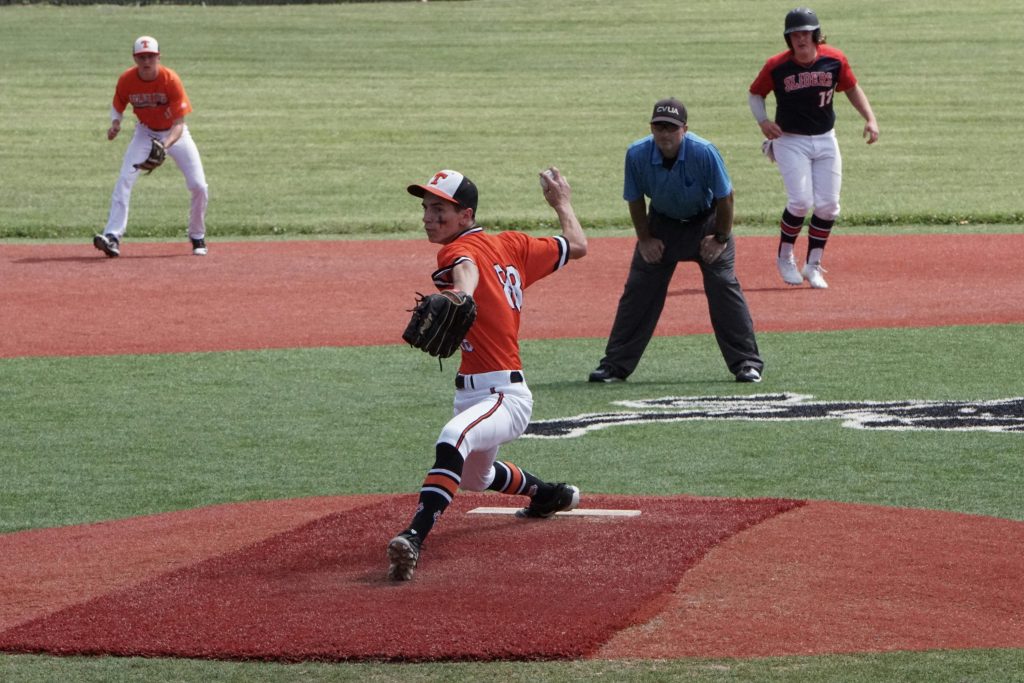Baseball is full of specialized pitches—each with its own unique movement and purpose. One of the most fascinating and effective pitches in the modern game is the cutter, short for cut fastball. But what is a cutter pitch exactly? How do pitchers grip it, how does it move, and why has it become a go-to weapon for some of the best arms in the game?
This article breaks it all down: the mechanics, the grip, the movement, and the strategic value of the cutter. Whether you’re a new baseball fan, a young pitcher learning the ropes, or a seasoned player looking to refine your repertoire, you’ll find useful insight here.
What Is a Cutter Pitch?
A cutter pitch, or cut fastball, is a type of fastball that moves sharply and late—usually away from the barrel of the bat. It’s thrown with fastball velocity but breaks slightly toward the pitcher’s glove side (away from a same-handed hitter). This makes it especially tough for batters to square up.
In simple terms:
A cutter is like a fastball with attitude. It looks like a regular fastball coming out of the hand, but it “cuts” just enough at the last second to miss the sweet spot of the bat.
How Does a Cutter Differ From Other Pitches?

To really understand what a cutter pitch is, it’s helpful to compare it to other similar pitches:
| Pitch Type | Velocity | Movement | Goal |
| Four-Seam Fastball | Fastest (95–100+ mph) | Minimal movement | Blow it by the hitter |
| Two-Seam Fastball | Fast (90–95 mph) | Arm-side tail (runs in) | Induce ground balls |
| Slider | Medium (80–90 mph) | Sharp glove-side break | Strikeouts, weak contact |
| Cutter | Fast (88–95 mph) | Late, subtle glove-side cut | Jam hitters, avoid barrels |
Think of a cutter as falling somewhere between a fastball and a slider—it’s not as slow or as dramatic as a slider, but it’s not as straight or as fast as a four-seamer.
Who Made the Cutter Famous?
One name stands out above the rest: Mariano Rivera. The legendary Yankees closer built a Hall of Fame career almost entirely on the cutter. Hitters knew it was coming—but they still couldn’t hit it.
Other MLB pitchers who’ve leaned heavily on the cutter include:
- Kenley Jansen – Another closer with a devastating cutter
- Corbin Burnes – Uses it as a primary pitch to dominate righties and lefties
- Roy Halladay – Masterfully mixed cutters into his pitch sequencing
The cutter became so effective that some hitters began asking pitchers to throw anything but a cutter.
How Do You Grip a Cutter Pitch?
Like many effective baseball pitch grips, the cutter relies on small changes that produce big results. It is deceptively simple and starts out a lot like a four-seam fastball, but there’s one subtle adjustment that makes all the difference.
Basic Cutter Grip:
- Fingers: Place your index and middle fingers slightly off-center—toward the outside edge of the ball (glove side).
- Thumb: Your thumb sits underneath the ball, directly beneath the top fingers, just like a fastball.
- Pressure: Apply slightly more pressure with your middle finger than your index. This helps create that glove-side movement.
- Wrist Action: Keep your wrist firm. Unlike a slider, there’s no major wrist snap or pronation—let the grip and finger pressure do the work.
This subtle grip tweak causes the ball to spin similarly to a fastball but with a slight tilt, which creates the cutting motion as it approaches the plate.
What Makes the Cutter Move?
A cutter moves because of a combination of:
- Spin axis – Similar to a fastball but slightly tilted
- Grip pressure – Extra pressure on the middle finger causes the ball to veer off
- Release angle – Releasing slightly off-center creates the late, glove-side movement
The magic of the cutter is in the deception. Because it mimics a fastball for 90% of its flight, hitters are often late or jammed. The movement is subtle but sudden—usually just a few inches—but that’s enough to miss barrels and miss bats.
When Should You Throw a Cutter?

A cutter is useful in a variety of situations. Pitchers often turn to it when they need to:
- Break a bat – The inside movement can shatter wood bats when it jams a hitter
- Get weak contact – Especially useful against same-handed hitters
- Mix speeds and angles – Helps disrupt timing without changing velocity drastically
- Avoid the middle of the plate – The late movement keeps the pitch off the barrel
Ideal counts to throw a cutter:
- 1-0 or 2-1 (when the hitter is expecting a fastball)
- Full count situations (to induce weak contact)
- With runners on base (to force ground balls or quick outs)
It’s especially popular among relief pitchers, who need quick, effective outs without showing a full pitch mix.
Is the Cutter Safe for Young Pitchers?
Yes—but with a few caveats.
Unlike curveballs or sliders, cutters don’t require violent wrist action. That means they tend to be safer on the elbow and shoulder when thrown properly. However, if a young pitcher is not yet commanding their fastball, it’s not wise to add too many variations too soon.
Tips for Youth Pitchers:
- Master the four-seam and two-seam fastball first
- Add a cutter only when control and mechanics are strong
- Avoid excessive arm manipulation—focus on grip
Proper instruction and oversight matter. A cutter done wrong can turn into a flat fastball or a poor slider—and neither is effective.
Why Has the Cutter Gained Popularity?
The cutter is having a moment. In today’s data-driven baseball world, pitchers are leaning into pitches that produce weak contact, strikeouts, and deception. The cutter checks all the boxes:
- Velocity stays high, unlike slower breaking balls
- Late movement reduces hitter reaction time
- Barrel avoidance leads to more outs and less hard contact
Analytics show that cutters generate poor contact quality and above-average results. For pitchers who throw both to sides of the plate, the cutter adds a crucial weapon.
So, Should You Add a Cutter to Your Game?
So what is a cutter pitch, really? It’s a hybrid between a fastball and a breaking pitch—fast enough to fool hitters and sharp enough to miss barrels. It’s effective, efficient, and deceptive—all in one.
Whether you’re learning to pitch, coaching youth players, or just a baseball fan trying to understand the game better, the cutter is a pitch worth studying.
If you can throw it with proper mechanics, the cutter could be the pitch that changes your game.

